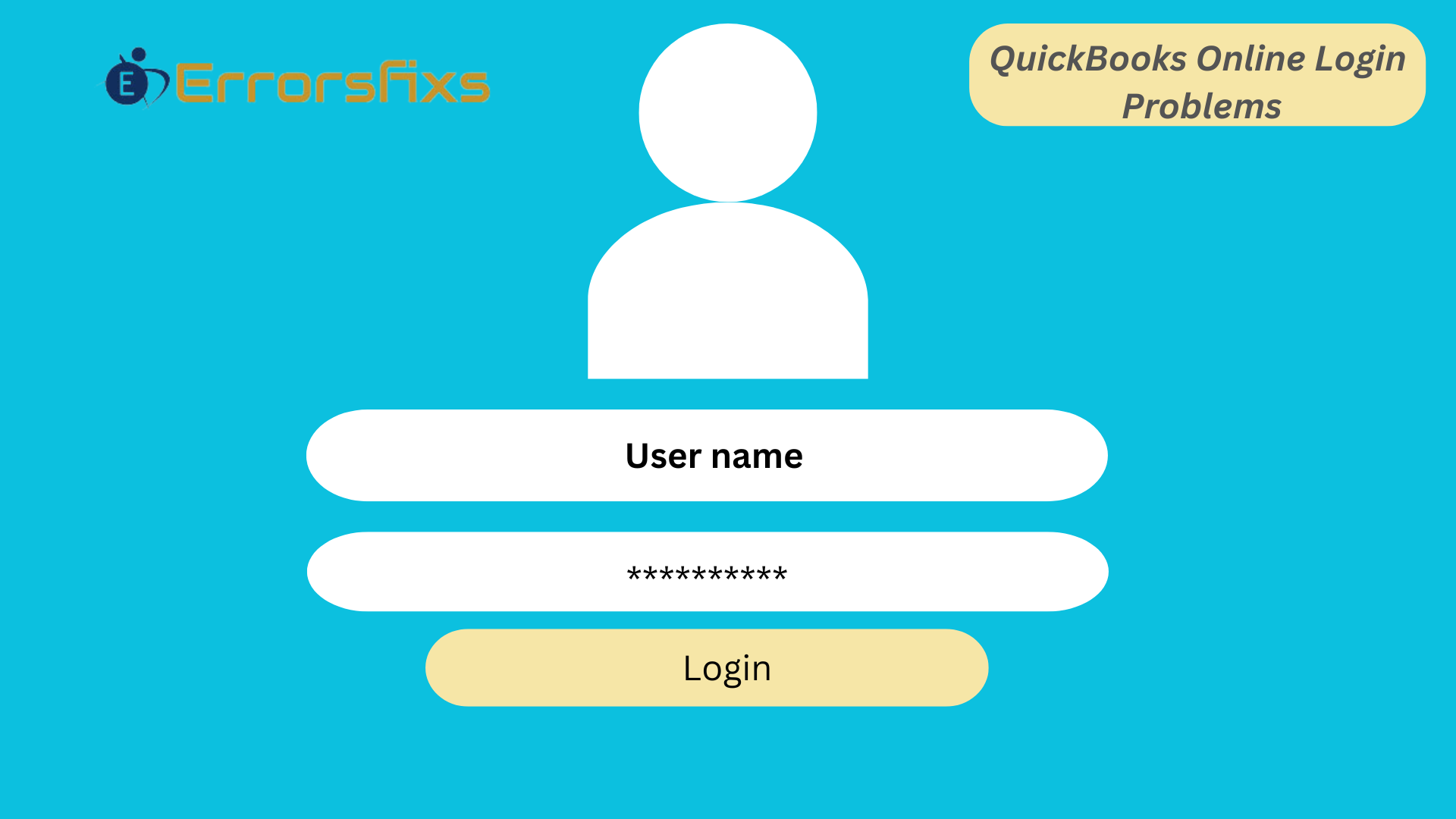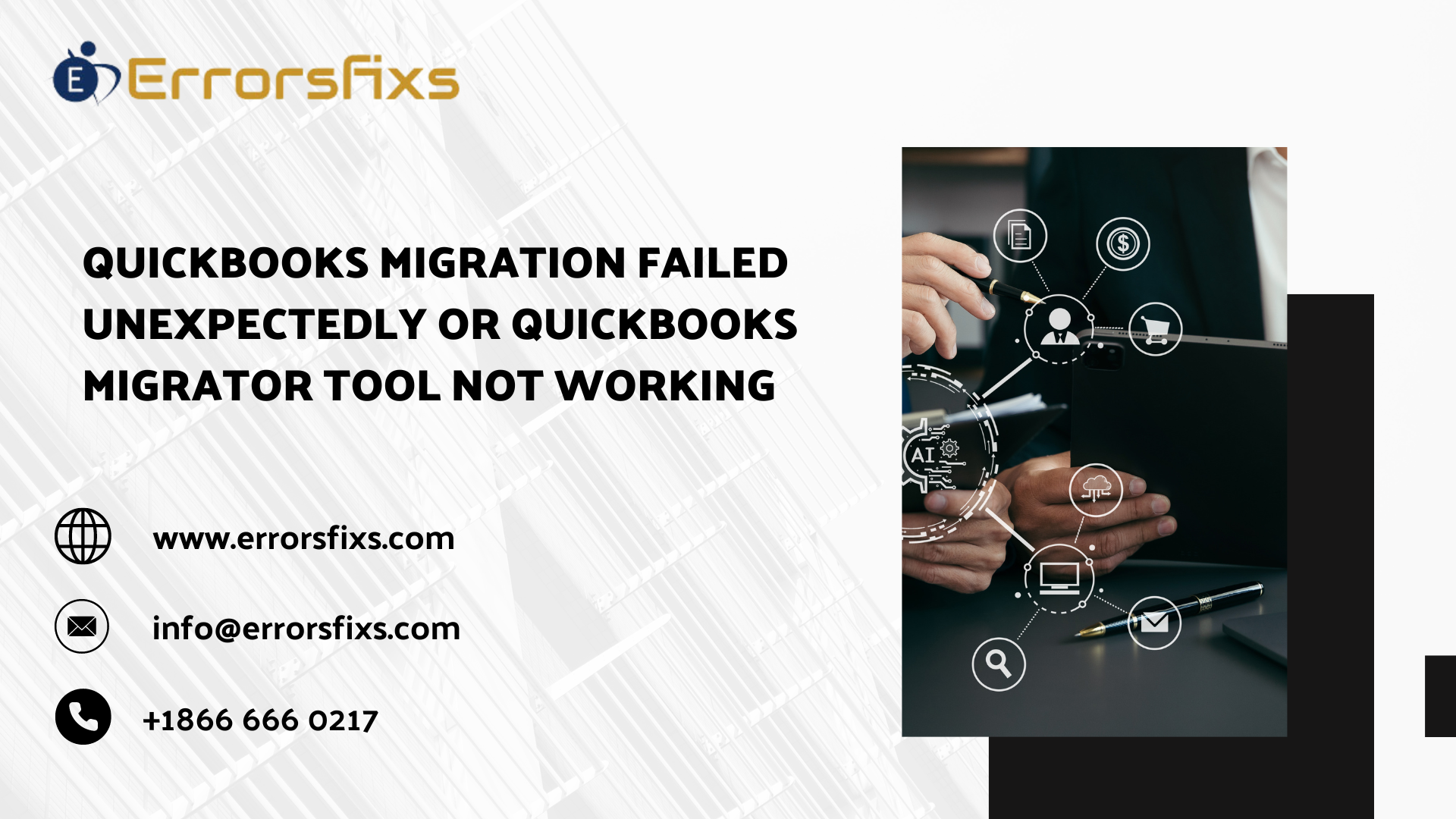In the realm of accounting software, QuickBooks Online emerges as a robust cloud-based solution designed to manage the financial aspects of small to medium-sized businesses. With its comprehensive suite of features, QuickBooks Online simplifies the complex processes of accounting, providing users with an intuitive platform for financial management.
Overview of QuickBooks Online
QuickBooks Online is a versatile tool that offers real-time access to financial data, enabling business owners and accountants to make informed decisions swiftly. Its dashboard presents a snapshot of a company’s financial health, displaying outstanding invoices, expenses, sales, and current bank balances at a glance.
One of the key advantages of QuickBooks Online is its ability to integrate with a multitude of third-party applications and banking systems. This seamless connectivity ensures that all financial transactions are automatically recorded, reducing the need for manual data entry and minimizing errors. Moreover, it supports multiple currencies and tax calculations, making it an ideal choice for businesses operating on a global scale.
The platform also offers detailed reporting features, which include profit and loss statements, balance sheets, and cash flow statements. These reports can be customized and scheduled, providing valuable insights into business performance and aiding in strategic planning.
Importance of Seamless Login Process
A seamless login process is crucial for any online service, and QuickBooks Online is no exception. The importance of this feature cannot be overstated, as it directly impacts user experience and security. A smooth login process ensures that users can access their accounts quickly, without unnecessary hurdles, allowing them to focus on their core business activities.
QuickBooks Online employs advanced security measures to protect sensitive financial data. Multi-factor authentication, encryption, and regular security audits are part of its commitment to safeguarding user information. By streamlining the login process, QuickBooks Online not only enhances user convenience but also reinforces trust in the platform’s security protocols.
Also, QuickBooks Online stands out as a comprehensive accounting solution that caters to the dynamic needs of modern businesses. Its emphasis on a user-friendly interface, coupled with a secure and efficient login process, makes it a preferred choice for financial management. As businesses continue to evolve, QuickBooks Online adapts, offering a scalable solution that grows with the company, ensuring that financial oversight remains consistent and reliable.
Common Login Problems
In the digital age, accessing online accounts is a routine task, yet users frequently encounter login problems. Understanding these issues is crucial for maintaining uninterrupted access to services.
- Incorrect Credentials
The most common login issue is entering incorrect credentials. This typically happens when users have multiple accounts and confuse passwords or when they have recently changed a password and attempt to use the old one. It’s essential to use password managers or reset features to recover or create new credentials promptly.
- Account Lockout Due to Multiple Failed Attempts
For security reasons, many systems lock an account after several unsuccessful login attempts. This feature protects against unauthorized access but can frustrate legitimate users who have forgotten their credentials. To resolve this, users often need to go through a verification process to prove their identity and reset their login details.
- Browser-Related Issues
Browsers can contribute to login problems in several ways. Outdated browsers may not support the latest security protocols required by some websites, leading to access issues. Additionally, incorrect browser settings or accumulated cache and cookies can interfere with the login process. Regularly updating the browser and clearing the cache are recommended practices to avoid such issues.
- Network Connectivity Problems
A stable internet connection is a prerequisite for logging into online accounts. Network issues can prevent users from reaching the login page or cause interruptions during the authentication process. Checking the network connection and ensuring a strong signal can help mitigate these problems.
In short, login problems are a common nuisance that can disrupt access to online services. By being aware of the typical issues such as incorrect credentials, account lockouts, browser-related glitches, and network connectivity problems, users can take proactive steps to prevent or quickly resolve these obstacles. Implementing best practices like using updated browsers, managing passwords effectively, and ensuring stable network connections can significantly reduce the frequency of login issues.
Detailed Analysis of Each Problem
In the digital landscape, encountering login issues can be a significant hindrance to productivity. A detailed analysis of each problem helps in understanding their root causes, symptoms, and the impact they have on business operations.
Causes and Symptoms
- Incorrect Credentials: The cause is often simple human error or memory lapse. Symptoms include repeated error messages stating incorrect username or password, and inability to access accounts.
- Account Lockout: This is usually triggered by multiple incorrect login attempts. Symptoms are error messages indicating the account is locked and users are unable to proceed beyond the login screen.
- Browser-Related Issues: Causes range from outdated browser versions to corrupted cache files. Symptoms manifest as failed login attempts, slow loading times, or being redirected to an error page.
- Network Connectivity Problems: These are caused by unstable internet connections or network hardware issues. Symptoms include the inability to reach the login page or sudden disconnections during the login process.
Impact on Business Operations
The impact of login problems on business operations can be extensive. They lead to:
- Loss of Productivity: Employees unable to log in cannot perform their tasks, leading to wasted time and resources.
- Customer Dissatisfaction: If customers face login issues, they may turn to competitors, resulting in lost sales and damaged reputation.
- Increased Support Costs: Resolving login issues can require significant support resources, increasing operational costs.
- Security Risks: Frequent login problems may lead to insecure practices, such as sharing passwords, which can compromise business data.
Thus, login problems, while common, can have far-reaching consequences for businesses. Understanding their causes and symptoms is the first step in mitigating their impact. Implementing robust IT support, user education, and reliable infrastructure can help minimize these issues and maintain seamless business operations.
Step-by-Step Troubleshooting Guides
Navigating the digital world requires a set of skills to overcome common technical issues. This guide provides clear instructions for resolving typical problems that obstruct online access.
How to Reset Forgotten Passwords
- Navigate to the Login Page: Start by visiting the login page of the service you’re trying to access.
- Find the ‘Forgot Password’ Link: Usually located below the login fields, this link will initiate the password reset process.
- Enter Your Email or Username: Provide the email or username associated with your account to receive a password reset link.
- Check Your Email: Look for an email from the service provider and click on the provided link to reset your password.
- Create a New Password: Choose a strong, unique password that you haven’t used before to ensure account security.
- Confirm the Password Reset: Follow any additional steps required by the service to complete the process and regain access to your account.
Read also: QuickBooks could not connect to email server error
Clearing Browser Cache and Cookies
- Open Browser Settings: Access the settings or preferences menu in your browser.
- Locate the Privacy Section: Find the section dedicated to privacy and security.
- Choose to Clear Browsing Data: Select the option to clear your browsing history, cache, and cookies.
- Select Time Range: Choose how far back you want to clear the data, with the option to clear everything being the most thorough.
- Confirm the Clearing Process: After selecting the types of data to clear, confirm the action to complete the process.
Checking Network Connections
- Verify Connection Status: Check if your device displays a network connection symbol or indicator.
- Restart Your Router: Unplug your router, wait for a minute, and plug it back in to reset the connection.
- Check for Network Outages: Contact your internet service provider or check their website for any reported outages.
- Run a Network Diagnostic: Use built-in network troubleshooting tools on your device to identify and resolve issues.
- Check for Physical Connection Issues: Ensure all cables are securely connected and undamaged.
These step-by-step guides aim to empower users to tackle common login problems independently. From resetting passwords to clearing browser data and checking network connections, following these procedures can help maintain seamless access to online services.
Preventive Measures
In the digital ecosystem, safeguarding online accounts is paramount. Implementing preventive measures can significantly reduce the risk of security breaches and technical issues. This guide outlines best practices for password management, the importance of regular browser updates, and the essentials of a reliable network setup.
Best Practices for Password Management
Effective password management is the cornerstone of online security. Here are some best practices:
- Use Complex Passwords: Create passwords that are a mix of uppercase and lowercase letters, numbers, and symbols.
- Avoid Common Words: Steer clear of easily guessable passwords like “password” or “123456”.
- Change Passwords Regularly: Update your passwords periodically to reduce the risk of unauthorized access.
- Use Different Passwords: Don’t recycle the same password across multiple accounts.
- Employ Two-Factor Authentication: Add an extra layer of security by using two-factor authentication whenever available.
- Leverage Password Managers: Utilize password managers to store and generate strong, unique passwords.
Regular Browser Updates
Keeping your browser up-to-date is crucial for both security and performance:
- Enable Automatic Updates: Most browsers offer an option to update automatically. Ensure this feature is turned on.
- Check for Updates Manually: Periodically check for browser updates in the settings menu.
- Understand Update Notifications: Be aware of how your browser communicates new updates and act promptly.
- Review Update Logs: Familiarize yourself with the changes and security fixes included in each update.
Reliable Network Setup
A robust network setup is essential for consistent and secure internet access:
- Use Quality Hardware: Invest in a reliable router and modem that support the latest security standards.
- Secure Your Wi-Fi: Protect your Wi-Fi with a strong password and consider hiding your network from public view.
- Regularly Update Firmware: Keep your network devices’ firmware up-to-date to protect against vulnerabilities.
- Monitor Network Activity: Be vigilant of unusual activity on your network which could indicate a security issue.
Therefore, taking proactive steps in password management, browser maintenance, and network setup can greatly enhance online security. These preventive measures not only protect individual users but also contribute to the overall safety of the digital environment.
Leveraging QuickBooks Assistance
QuickBooks, as a comprehensive accounting solution, offers extensive assistance to its users. Knowing when and how to contact QuickBooks Experts can enhance your experience and resolve issues efficiently.
When to Contact QuickBooks Professionals
QuickBooks assistance should be your go-to resource when you encounter issues that hinder your workflow or when you need expert advice on utilizing QuickBooks features to their fullest potential. Common scenarios include:
- Technical Difficulties: If you’re facing errors that prevent you from accessing or using QuickBooks effectively.
- Feature Assistance: When you need help understanding or using specific features within QuickBooks.
- Account Management: For queries related to billing, subscriptions, or account settings.
- Data Integrity: If you suspect any discrepancies or issues with your financial data.
- Upgrades and Migrations: When upgrading to a newer version or migrating data from another system.
How to Effectively Communicate Your Issue
Effective communication with QuickBooks Assistance can lead to quicker resolutions. Here’s how to articulate your issue clearly:
- Be Prepared: Before reaching out, gather all relevant information, including error messages, screenshots, and a clear description of the problem.
- Use Specifics: Clearly describe the issue, avoiding vague terms. Mention specific features, actions taken, and observed behaviors.
- Recreate the Issue: If possible, be ready to replicate the problem. This can help the support team understand the context better.
- Prioritize: If you have multiple issues, prioritize them. Address the most critical ones first to ensure they receive immediate attention.
- Follow Up: Keep track of your support ticket and any provided solutions. If the issue persists, don’t hesitate to follow up for further assistance.
Leveraging QuickBooks support is about knowing when to seek help and how to communicate effectively. By following these guidelines, you can ensure that your concerns are addressed promptly and accurately, allowing you to continue managing your business finances with confidence.
Conclusion:
QuickBooks Online login problems, while common, can be effectively managed. Understanding the root causes and implementing the suggested troubleshooting steps can help users regain access swiftly. Regular updates and good password practices can prevent many issues. When necessary, QuickBooks’ Professionals is available to assist. Addressing these problems promptly ensures minimal disruption, allowing businesses to continue benefiting from the robust features of QuickBooks Online. Remember, a smooth login process is the first step towards efficient financial management.






